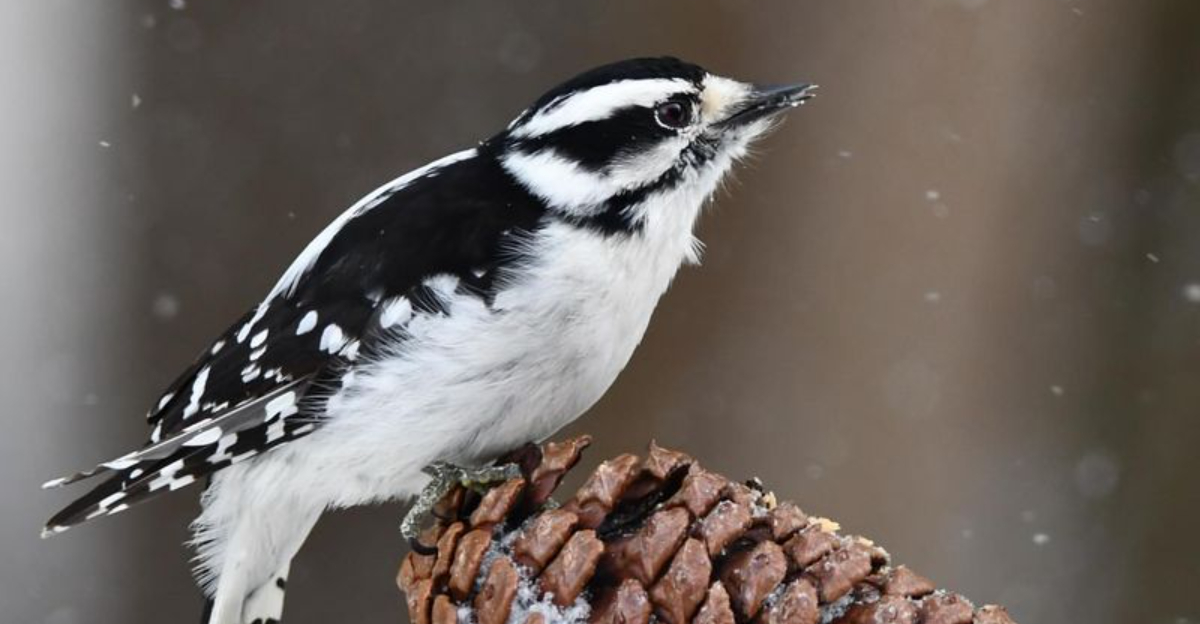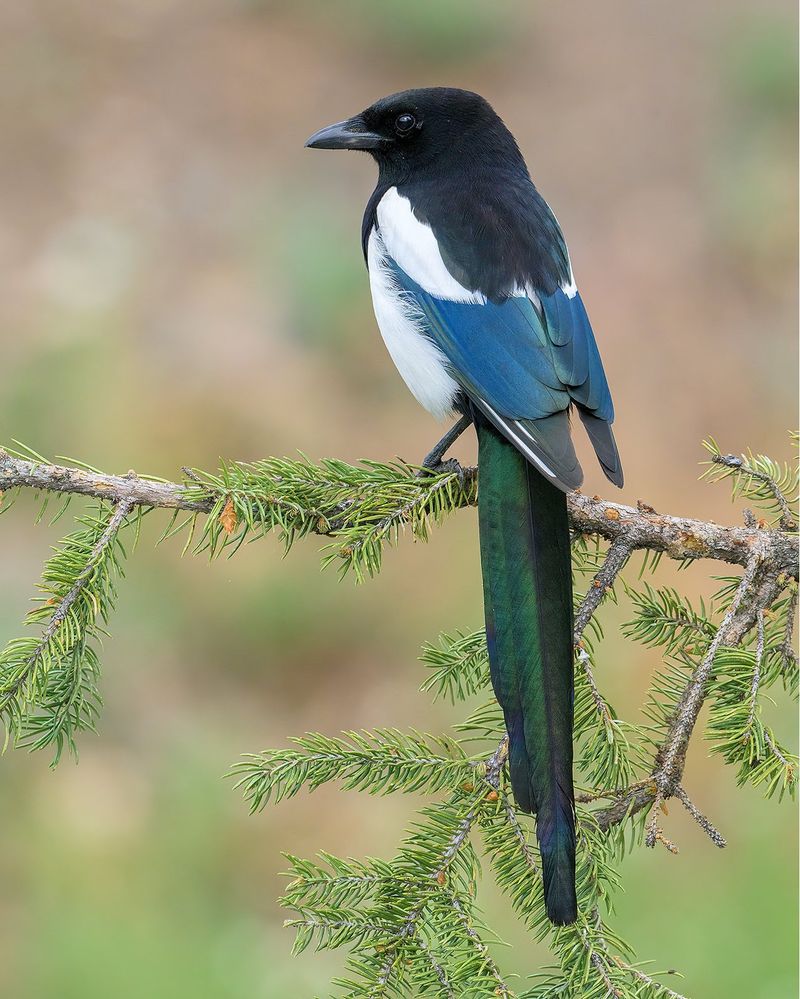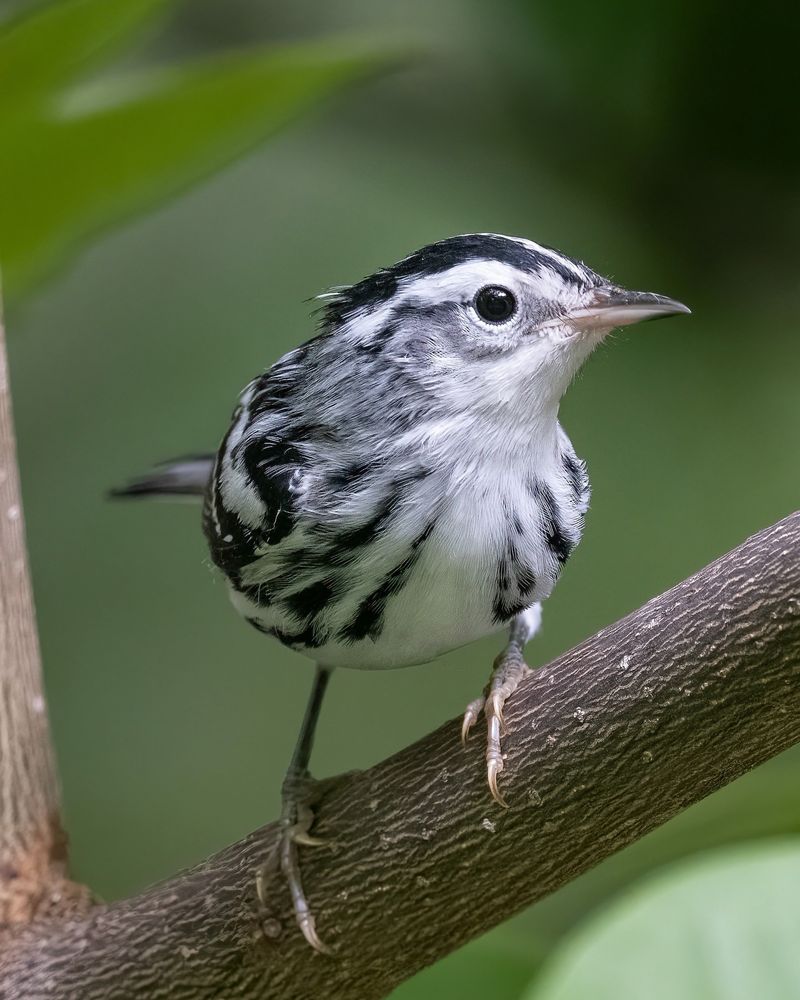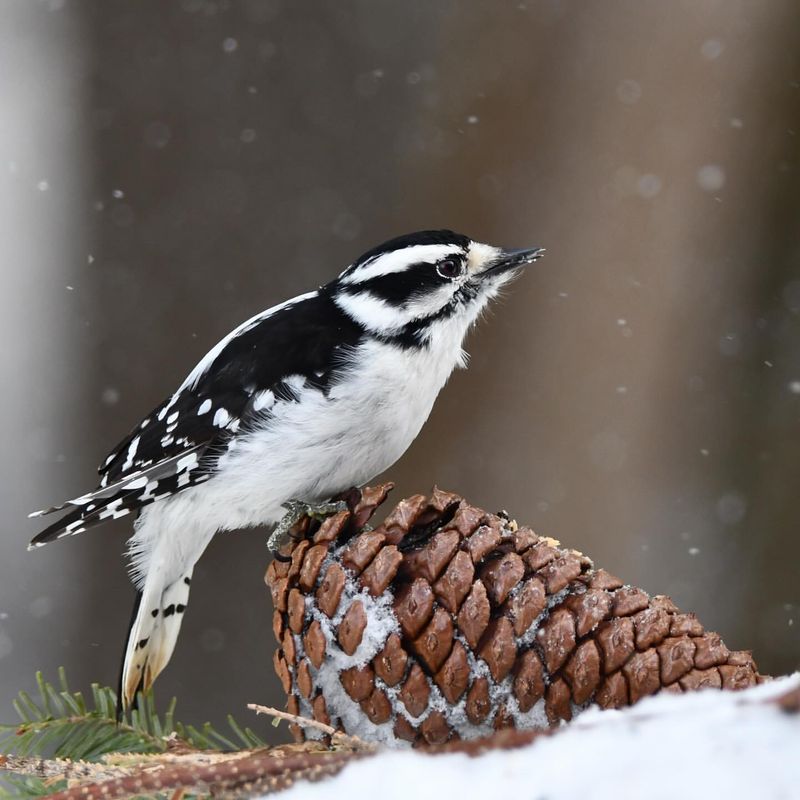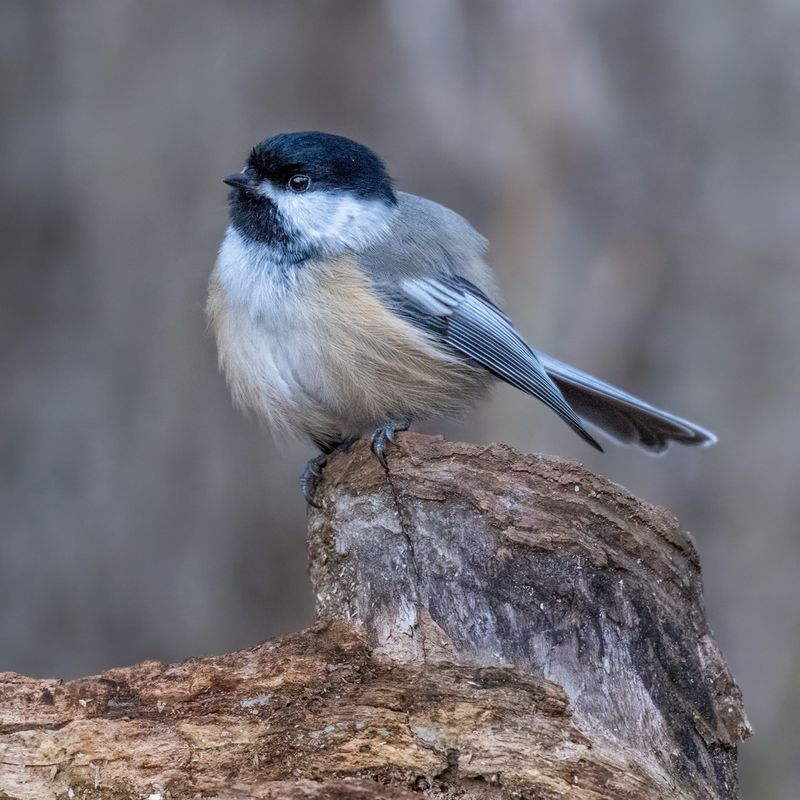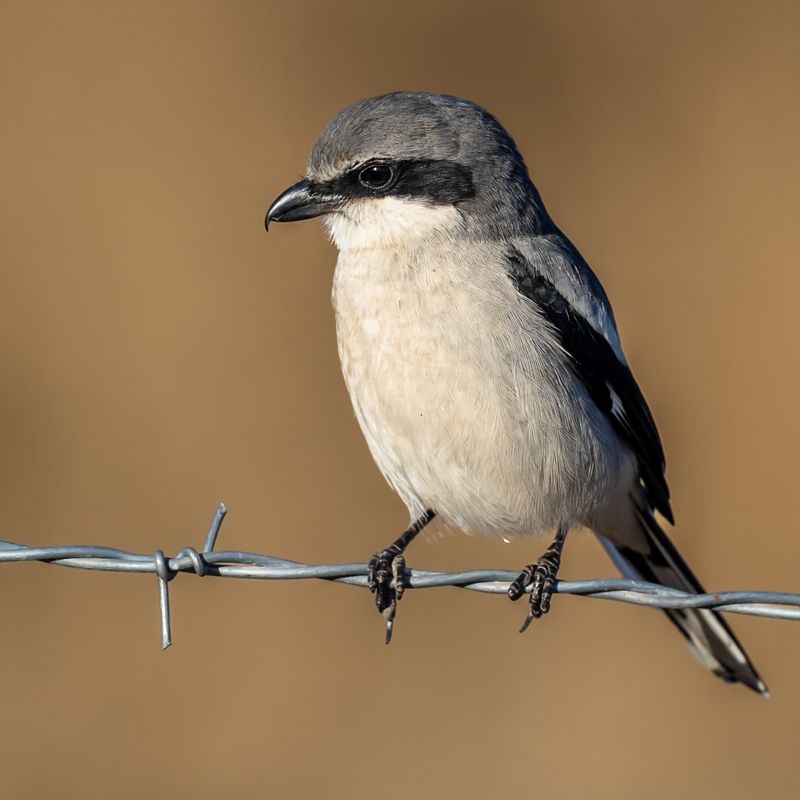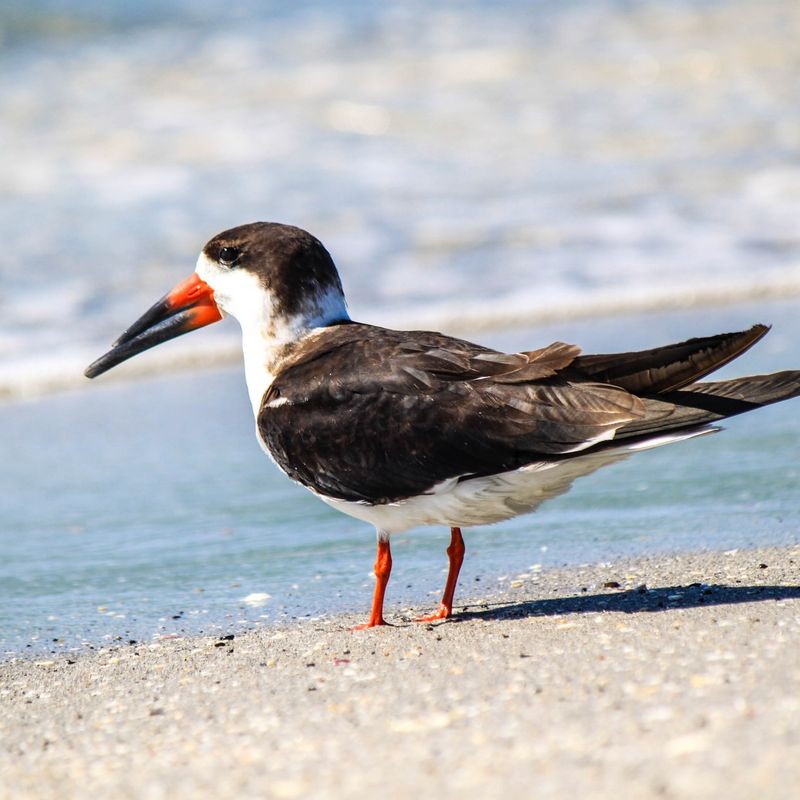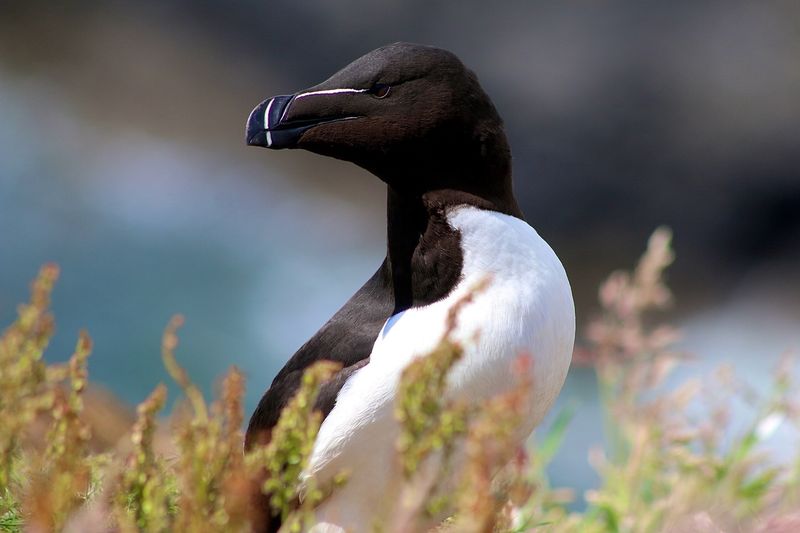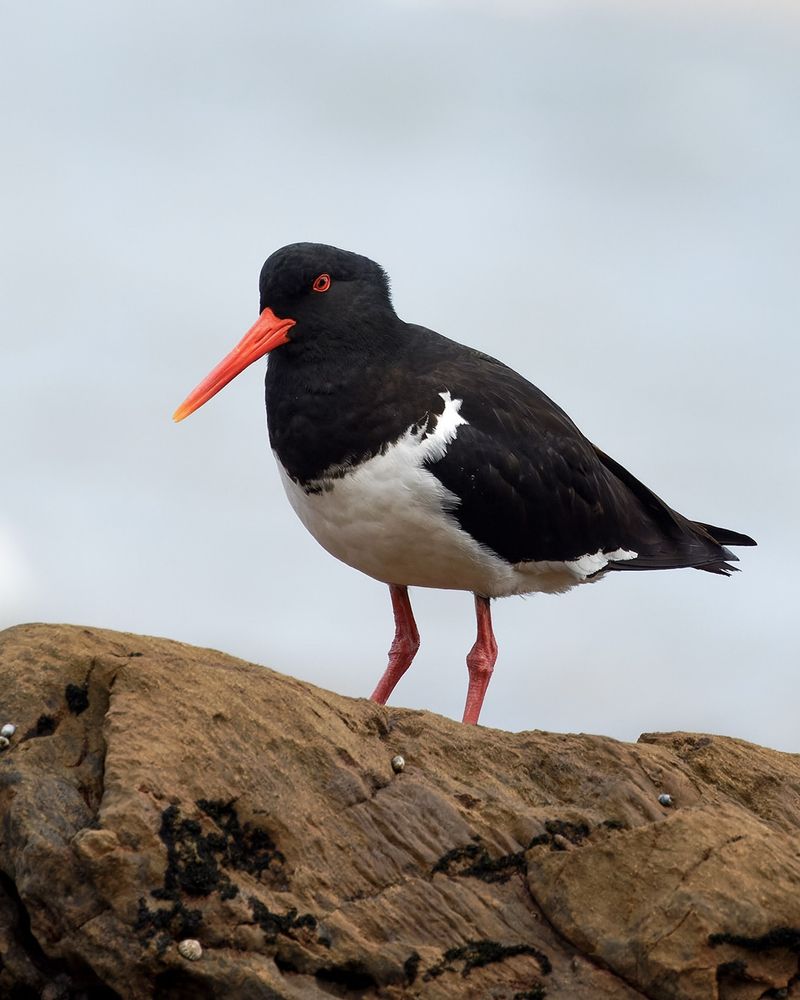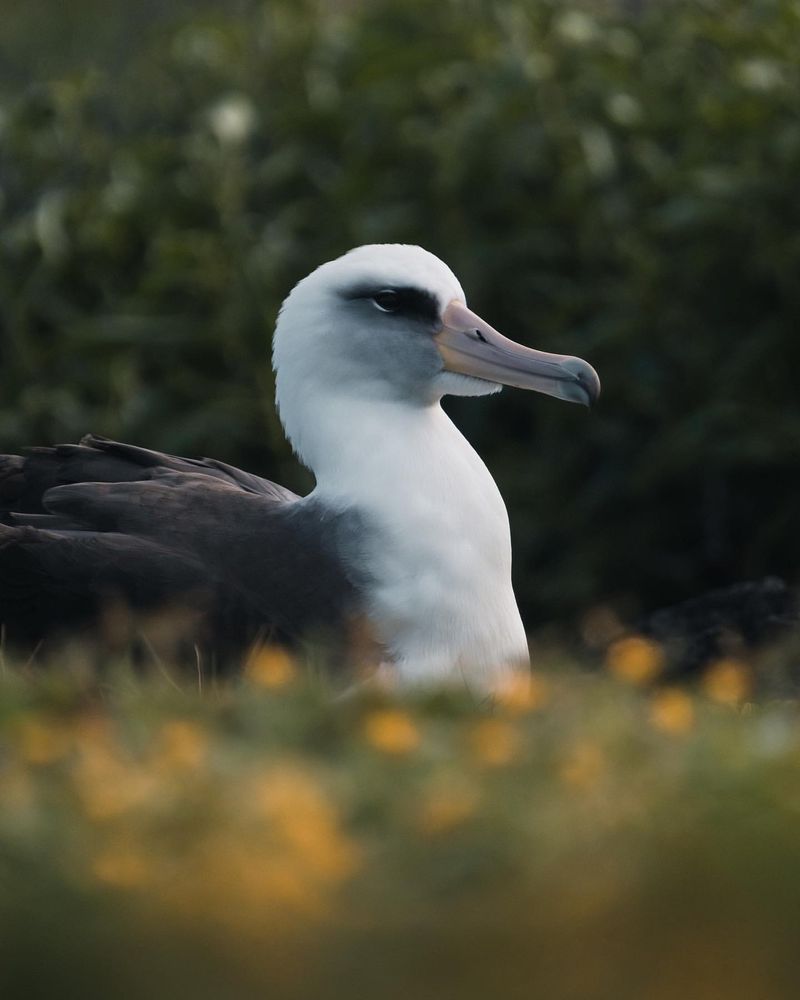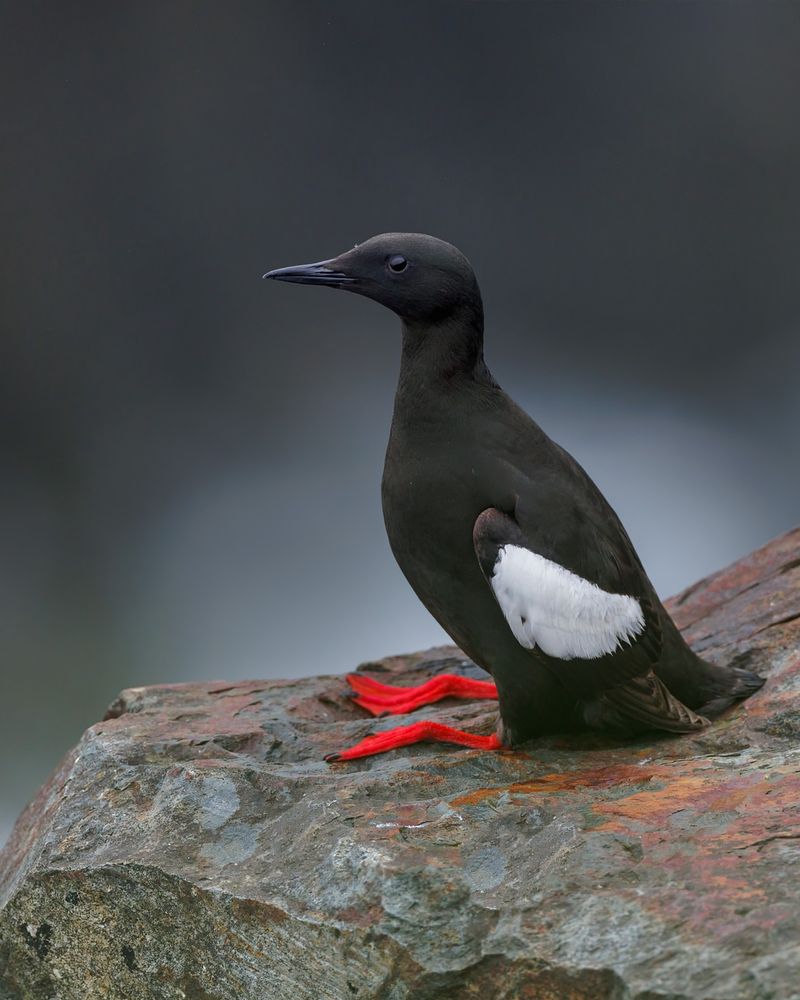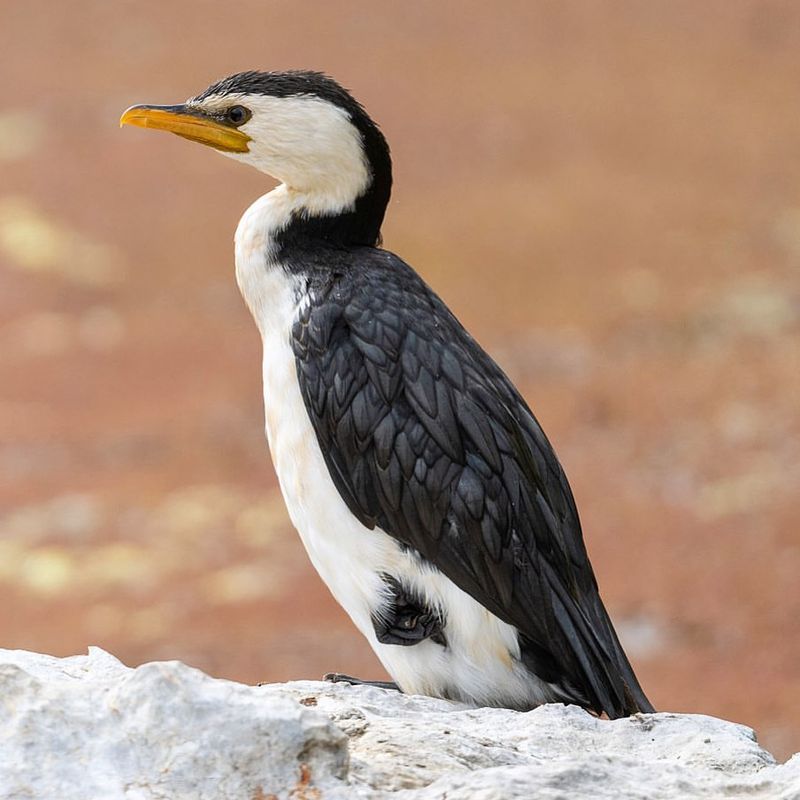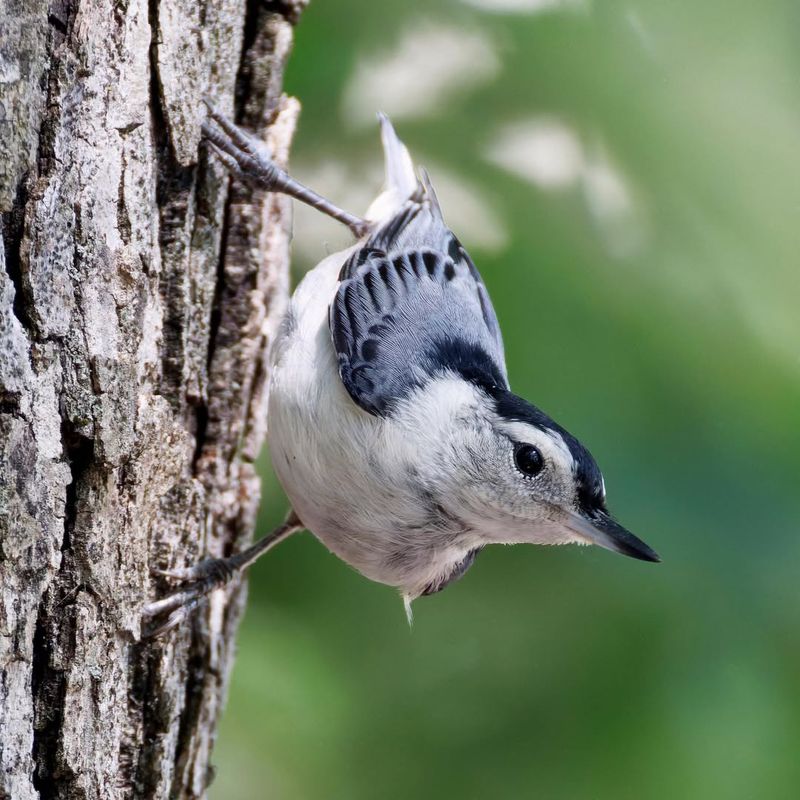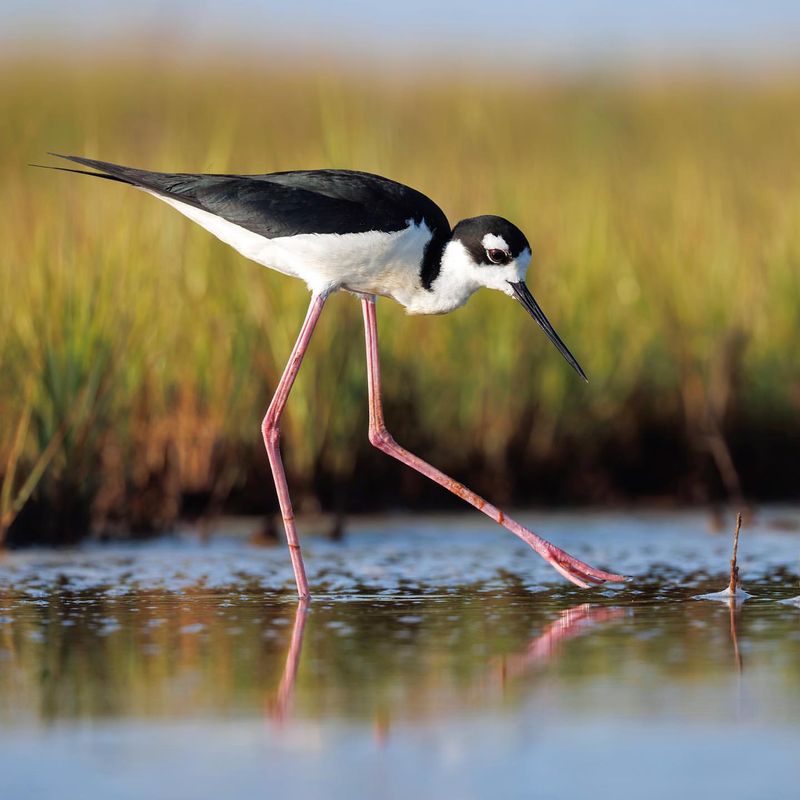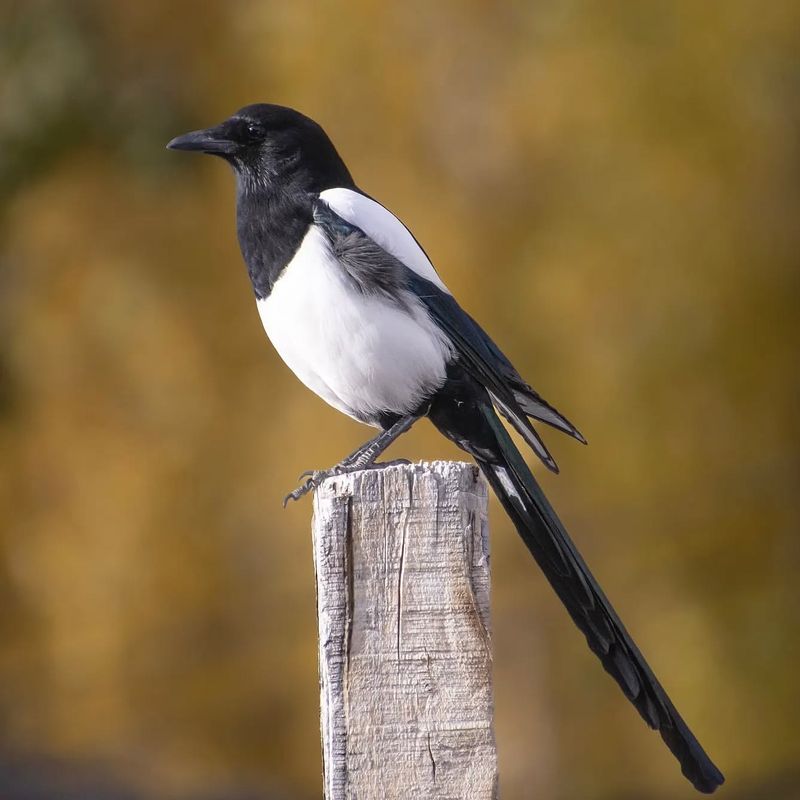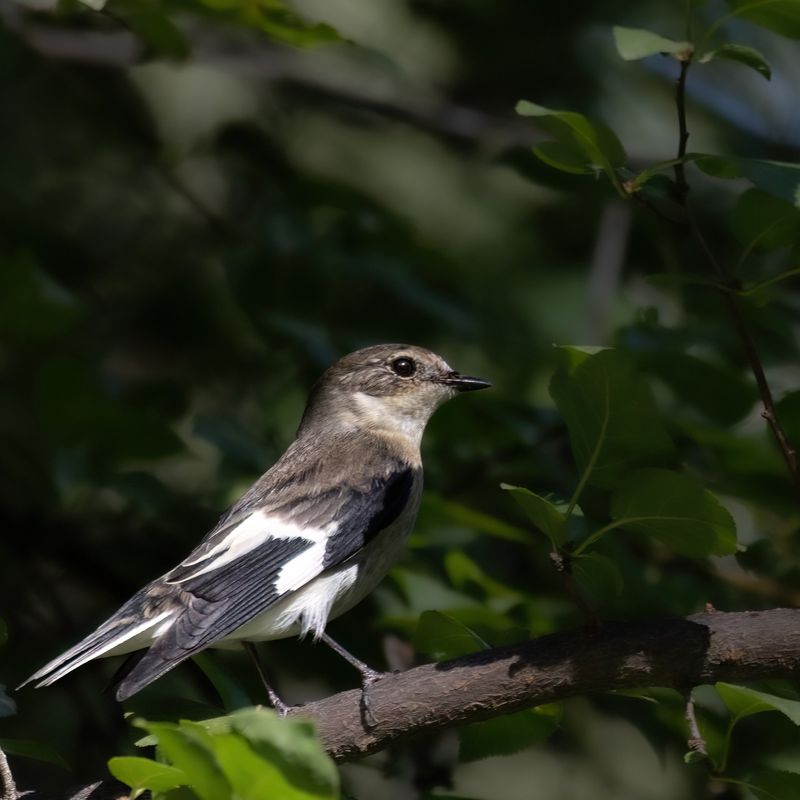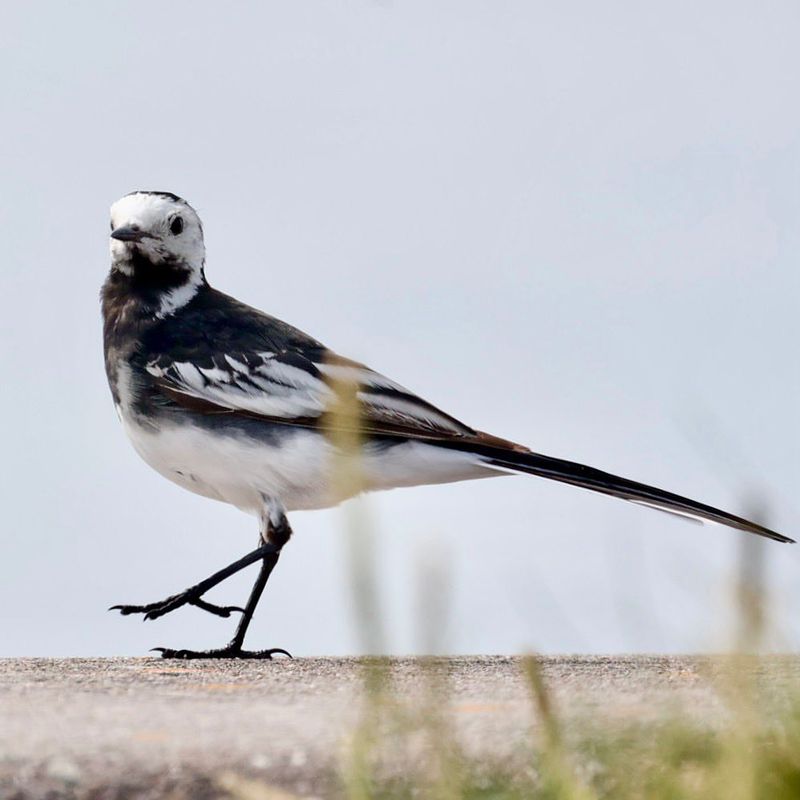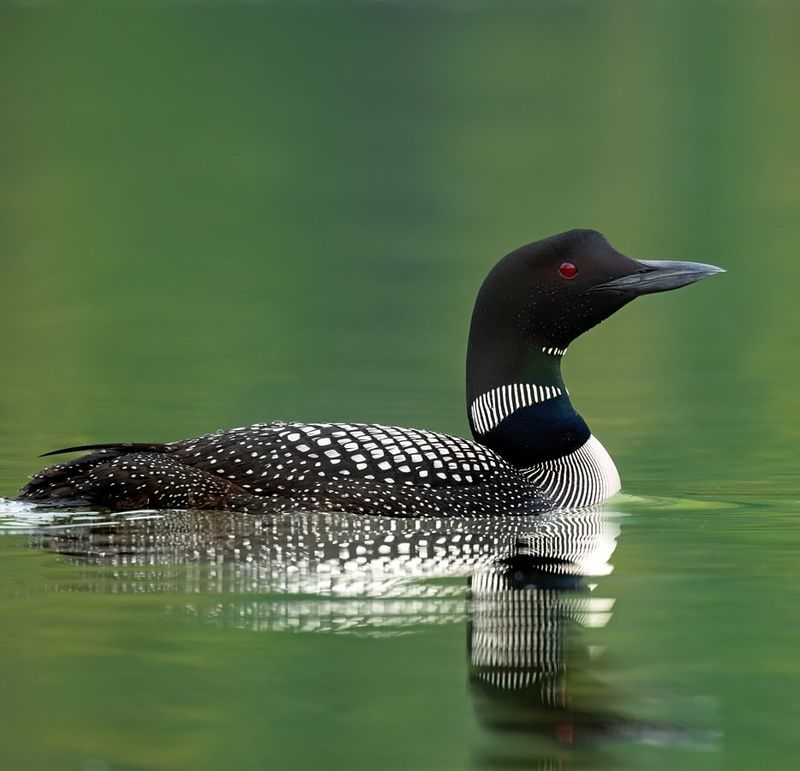📖 Table of Content:
- 1. American Avocet
- 2. Magpie
- 3. Pied Kingfisher
- 4. Black and White Warbler
- 5. Downy Woodpecker
- 6. Black-capped Chickadee
- 7. Common Murre
- 8. Northern Shrike
- 9. Black Skimmer
- 10. Razorbill
- 11. Pied Oystercatcher
- 12. Laysan Albatross
- 13. Black Guillemot
- 14. Little Pied Cormorant
- 15. White-breasted Nuthatch
- 16. Black-necked Stilt
- 17. Eurasian Magpie
- 18. Collared Flycatcher
- 19. Pied Wagtail
- 20. Black-throated Loon
Black and white birds stand out with their striking contrast and bold patterns, making them easy to spot and admire in the wild. Their distinctive plumage often plays a role in camouflage, mating displays, or deterring predators. From forests to coastal regions, these birds grace a variety of habitats, captivating birdwatchers and nature lovers with their elegance.
Species like the magpie, avocet, and puffin are celebrated for their dramatic coloration and unique behaviors. Some are known for their intelligence and vocalizations, while others impress with their graceful flight or intricate feeding techniques. Each bird’s appearance tells a story of adaptation and survival in its environment.
We’ll introduce 20 stunning black and white birds, providing detailed descriptions to help you recognize them during your outdoor adventures. Whether you’re a seasoned birder or a curious observer, these species are sure to add excitement to your wildlife encounters.
1. American Avocet
Stunning and graceful, the American avocet captivates with its elegant form and distinctive upward-curving bill, perfectly designed for sweeping through water in search of food. Its striking black and white plumage stands out against the blue sky and water, enhancing the beauty of wetland landscapes.
These birds are often found in wetlands and shallow ponds, where they feed on insects and small crustaceans. Their long legs allow them to wade gracefully through the water. Observing an American avocet in its natural habitat is a delightful experience for any bird enthusiast.
2. Magpie
Common yet captivating, the magpie enchants with its black and white plumage and long, elegant tail. Its striking appearance draws attention as it gracefully moves through gardens and wooded areas, adding a touch of charm to its surroundings.
Magpies are highly intelligent, and capable of recognizing themselves in mirrors—a rare trait among birds. They’re also known for their curious nature and complex social structures. Watching them interact with its surroundings can provide insight into the fascinating world of bird intelligence and behavior.
3. Pied Kingfisher
The pied kingfisher is a remarkable bird, easily recognized by its striking black and white plumage. It hovers above water, scanning for fish with sharp, focused eyes. This hunting style sets it apart from other kingfishers.
Commonly found near freshwater lakes and rivers, the pied kingfisher’s agile flight and expert diving make it a marvel to watch. Its adaptability to various aquatic environments highlights its resilience and skill in securing food. Birdwatchers often admire its aerial acrobatics during fishing expeditions.
4. Black and White Warbler
Unique among songbirds, the black and white warbler stands out with its bold black and white stripes. Unlike most warblers, it climbs tree trunks like a nuthatch, expertly probing the bark for insects as it moves through the forest.
This bird’s foraging behavior is both fascinating and efficient, allowing it to exploit food sources others might miss. Its presence in wooded areas is often revealed by its high-pitched song. Observing this bird’s distinctive movements and patterns can be a rewarding experience for birdwatchers and nature lovers alike.
5. Downy Woodpecker
Small and industrious, the downy woodpecker is a familiar sight across North America. Its distinctive black and white patterned feathers make it easily recognizable as it diligently taps on tree trunks in search of insects.
Despite its small size, the downy woodpecker is a powerful forager, using its sharp beak to uncover hidden prey. Often found in forests and suburban areas, its rhythmic drumming is a familiar sound. Bird enthusiasts appreciate this woodpecker for its tenacity and adaptability in diverse environments.
6. Black-capped Chickadee
The black-capped chickadee is a beloved bird known for its cheerful personality and distinctive black and white head. It can often be seen flitting through trees and shrubs, emitting its familiar, melodious call.
These birds are highly adaptable, thriving in various habitats, including forests and suburban gardens. They are known for their curious nature and acrobatic feeding habits. For birdwatchers, the black-capped chickadee’s presence brings joy and an opportunity to observe its charming behaviors up close.
7. Common Murre
Recognized for its striking black and white plumage, the common murre is a seabird frequently found along coastal cliffs. Often standing upright, it bears a resemblance to a penguin, adding to its distinctive presence in rugged marine environments.
During the breeding season, these birds gather in large colonies, creating a bustling and dynamic environment. Their impressive diving skills allow them to catch fish underwater efficiently. Observing a Common Murre colony offers a glimpse into the vibrant and often chaotic life of seabirds.
8. Northern Shrike
Predatory and striking, the northern shrike stands out with its bold black and white coloration. Frequently found in open fields and tundra, it perches prominently, attentively scanning for prey with keen precision.
This bird’s hooked beak is adapted for catching and consuming small animals, including rodents and insects. Its hunting prowess and territorial nature make it an intriguing subject for birdwatchers. The northern shrike’s presence in winter landscapes adds a striking contrast, enhancing its appeal.
9. Black Skimmer
Extraordinary and instantly recognizable, the black skimmer captivates with its sleek black and white plumage and elongated lower mandible. Known for its unique feeding style, it glides just above the water’s surface, skimming with its bill to catch fish in a mesmerizing display of precision.
This striking bird is often seen along coastlines and estuaries, where its graceful flight and specialized feeding technique can be admired. Observing a black skimmer in action is a captivating experience, showcasing the ingenuity and adaptability of bird species.
10. Razorbill
Robust and easily identifiable, the razorbill thrives along the North Atlantic coasts, distinguished by its striking black and white plumage and thick, blunt bill. This seabird’s presence adds character to the rugged coastal cliffs where it nests and forages.
During the breeding season, razorbills nest in colonies on rocky shores, where their social behaviors and vocalizations can be observed. They are excellent divers, using their wings to propel through water in pursuit of fish. For birdwatchers, the razorbill offers a glimpse into the dynamic life of seabirds in rugged coastal environments.
11. Pied Oystercatcher
Striking with its bold black and white plumage and vivid red beak, the Pied Oystercatcher stands out along sandy and rocky coastlines. Frequently spotted foraging for shellfish, this shorebird thrives in coastal habitats, adding vibrancy to the shoreline.
Using its strong, pointed beak, the Pied Oystercatcher pries open mollusks with impressive dexterity. Its presence on beaches adds a touch of elegance and intrigue for those observing coastal wildlife. These birds are not only beautiful but also play a crucial role in maintaining healthy coastal ecosystems.
12. Laysan Albatross
Awe-inspiring with its extensive wingspan, the Laysan albatross commands attention as it soars over the open ocean. Its striking black and white plumage adds to its elegance, reflecting a life spent gliding effortlessly across vast marine expanses.
These birds are extraordinary travelers, covering vast distances with minimal effort. They are often seen gliding gracefully on ocean breezes. Observing a Laysan albatross in flight is a reminder of the beauty and vastness of the oceanic world. Birdwatchers treasure encounters with these majestic creatures.
13. Black Guillemot
Striking and easily recognized, the black guillemot stands out with its contrasting black and white plumage. Thriving in cold, coastal waters, this seabird is commonly found in Arctic and sub-Arctic regions, where it gracefully navigates the icy environment.
These birds are skilled divers, using their wings to propel underwater in pursuit of fish. Observing a black guillemot in its icy habitat offers a glimpse into the resilience and adaptability of seabirds. For those exploring Arctic regions, encountering this bird is a highlight of the journey.
14. Little Pied Cormorant
The little pied cormorant is a small, charming waterbird found near freshwater lakes and rivers. Its black and white plumage is easily recognizable.
Often seen perched with wings outstretched, the little pied cormorant dries its feathers in the sun after diving for fish. This behavior is a common sight for nature enthusiasts exploring wetland areas. Observing this bird’s interactions with its watery environment is both relaxing and informative.
15. White-breasted Nuthatch
Delightful and agile, the white-breasted nuthatch is celebrated for its unique ability to climb headfirst down tree trunks. Its black and white plumage blends effortlessly with the bark as it forages, making it a charming presence in wooded areas.
Unlike most birds, the white-breasted nuthatch can climb headfirst down trees, searching for insects hidden in crevices. This bird’s acrobatic movements are a joy to watch, making it a favorite among birdwatchers. Its presence in forests and gardens adds charm and intrigue to any outdoor setting.
16. Black-necked Stilt
Elegant and graceful, the black-necked stilt is a distinctive wader recognized by its long pink legs and striking black and white plumage. Commonly found in wetlands and marshes, it thrives by feeding on insects and crustaceans.
This bird’s graceful movements and slender build make it a captivating sight for bird enthusiasts. Its presence in wetland areas highlights the importance of preserving these delicate ecosystems. Observing a Black-necked Stilt offers insight into the beauty and balance of nature.
17. Eurasian Magpie
Striking and adaptable, the Eurasian magpie stands out with its glossy black and white plumage and long, elegant tail. Frequently spotted in open fields and urban areas, this bird thrives in diverse environments.
These birds are intelligent and curious, known for their complex social structures and ability to solve problems. Observing a Eurasian magpie offers insight into the fascinating world of avian intelligence. Their presence in various habitats adds vibrancy and intrigue to the landscape.
18. Collared Flycatcher
Small and charming, the collared flycatcher enchants with its melodious song and striking black and white plumage. A delightful sight during the breeding season, it thrives in forested habitats.
These birds are expert insect hunters, often seen darting from perches to catch prey mid-air. Their presence in woodland areas adds a touch of elegance and melody to springtime. Birdwatchers cherish encounters with the collared flycatcher for its beauty and enchanting song.
19. Pied Wagtail
Lively and distinctive, the pied wagtail captivates with its constant tail bobbing and striking black and white plumage. Frequently spotted near water, it brings a dynamic sense of motion to the landscape.
These birds are adept at catching insects, displaying agility and speed as they hunt. Their presence along riverbanks and in gardens brings a touch of liveliness and charm. Observing a pied wagtail offers a glimpse into the dynamic and vibrant world of small birds.
20. Black-throated Loon
The black-throated loon is a majestic waterbird known for its sleek black and white plumage. Often found on clear lakes, it is a symbol of wilderness and serenity.
These birds are skilled divers, using their streamlined bodies to catch fish underwater. Their haunting calls add a mysterious element to their presence in northern landscapes. Observing a black-throated loon offers an experience of tranquility and connection with nature’s beauty.
